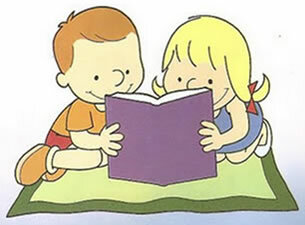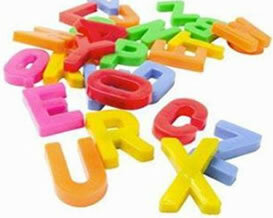As we know, the poetic text differs from the text written in prose (the one containing a beginning, middle and end) due to a series of characteristics, as poetry has specific purposes. She, in turn, has the power to arouse feelings, to provoke emotions, in short, to enchant us in different ways. Thus, in our meeting we will continue to talk a little more about the elements that make up this type of text, this time represented by the verse, stanza and rhyme.
In order to get to know them better, taking into account their main aspects, we will rely on a poem by Cecília Meireles, a poet who enchanted generations and generations, because she wrote in a way that appealed to all ages. So, let's see:

Verse, stanza and rhyme are elements of the poetic text.
The dancer
This girl
so small
she wants to be a dancer.
O
She doesn't know neither do nor re
but she knows how to stand on tiptoe.
O
Don't know me or fa
But she tilts her body this way and that.
O
She doesn't know either there or you,
but she closes her eyes and smiles.
O
Wheel, wheel, wheel, with the little arms in the air
and she doesn't get dizzy or move.
O
She puts on her hair a star and a veil
and she says she fell from heaven.
O
This girl
so small
she wants to be a dancer.
O
But then forget about all the dances,
and also wants to sleep like other children.
Cecília Meireles
As we can see, each piece was separated by a line so that we can understand well the reason for this division. Well, each one of them represents what we call a stanza, and each phrase, each prayer that belongs to it, is called a verse. Thus, we also notice that some stanzas have two verses and others three. In this way, we define verse as being each poetic line, and stanza as a set of verses.
But there is still another element, which we cannot forget – the rhyme. Returning to the poem above, we find that at the end of each verse there are words whose endings match each other, as in the case of “menina, littleina and danceina”. Continuing, we have reverse/foot – do/there – if/smile, etc.
These combinations are resources that the author (in this case, the poet or poet) uses to make poetry even more beautiful. The rhymes, represented by the similarity of sound between the words, manifest themselves more at the end of the verses. However, on some occasions, they can also manifest in their midst.
Take the opportunity to check out our video classes related to the subject:

